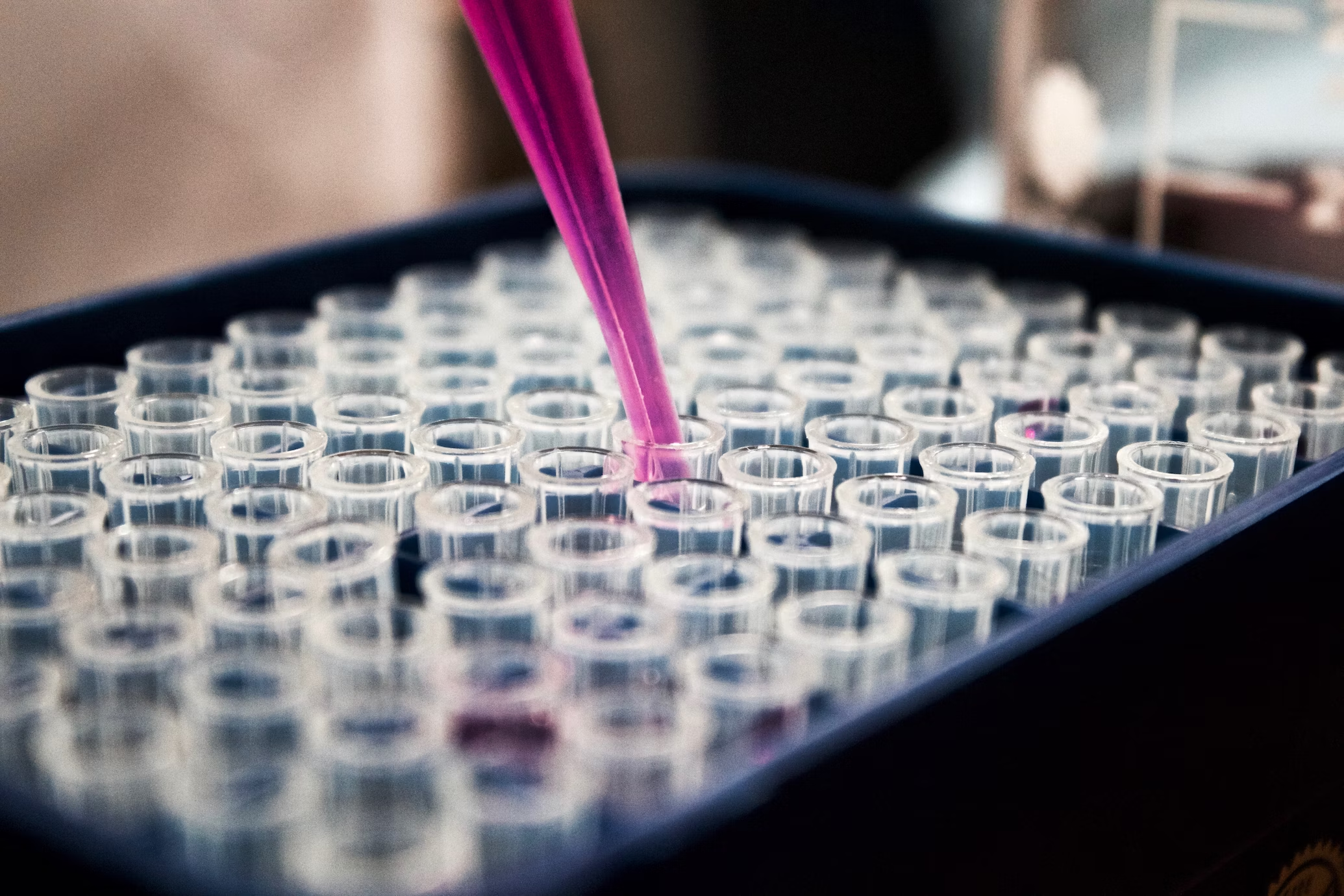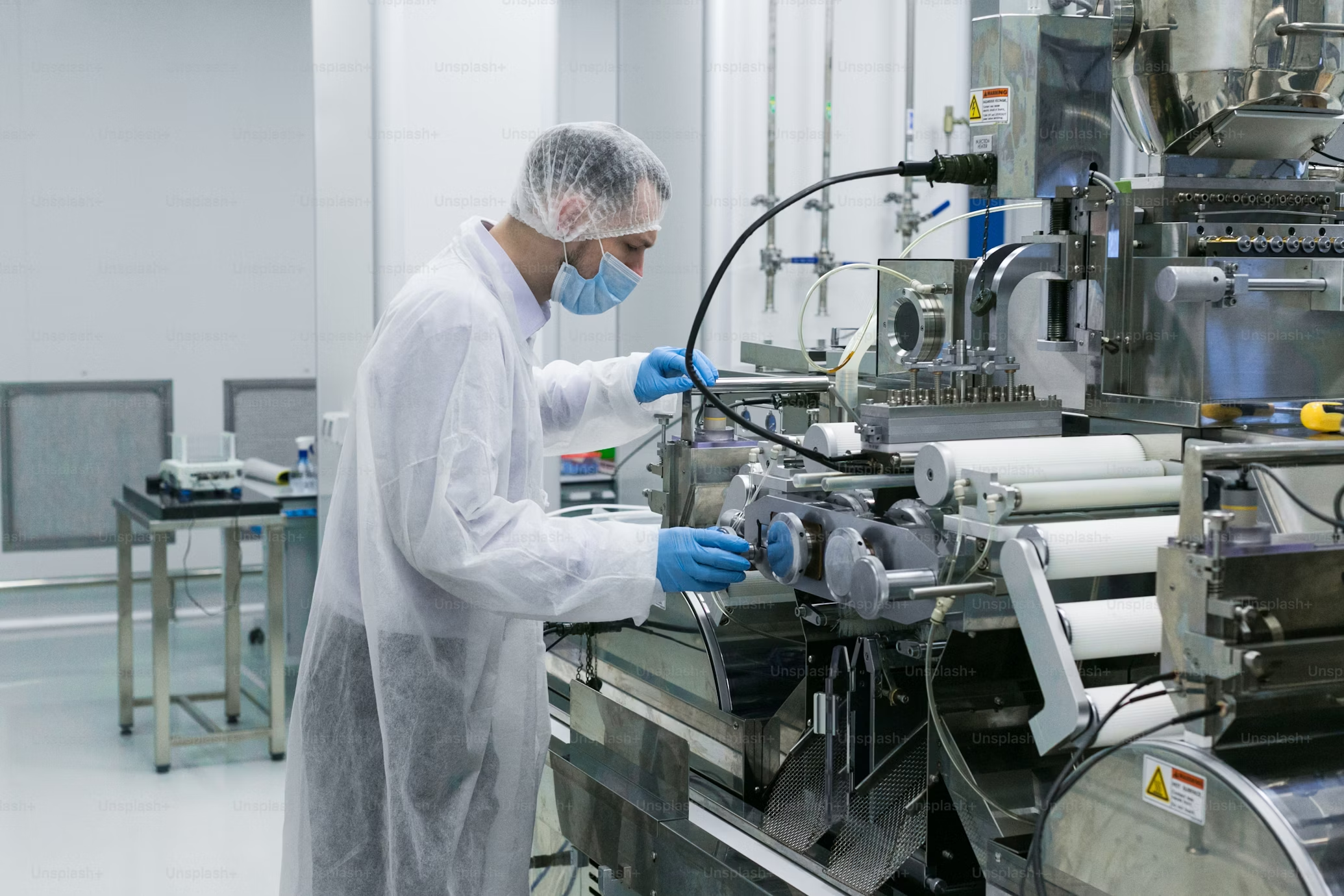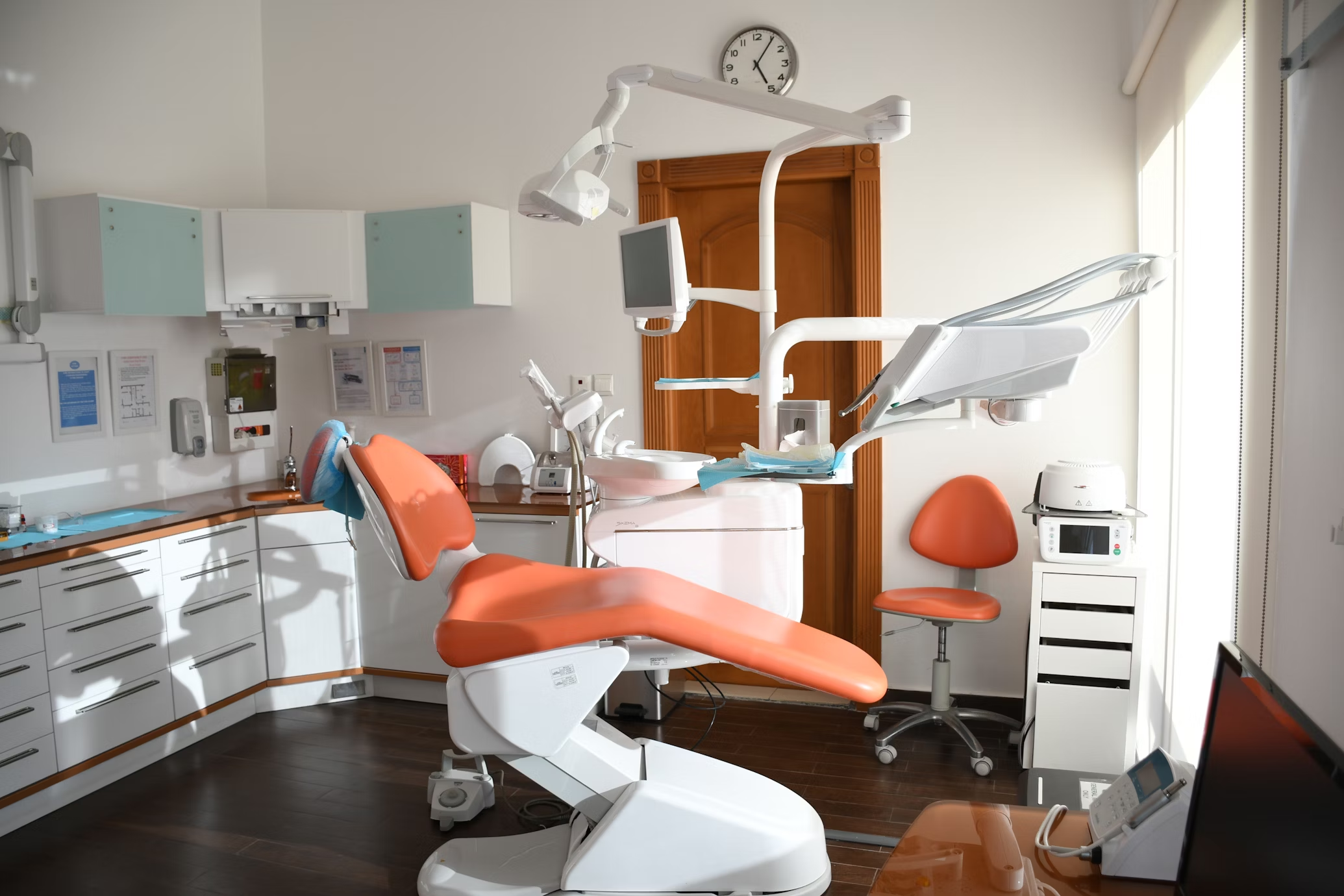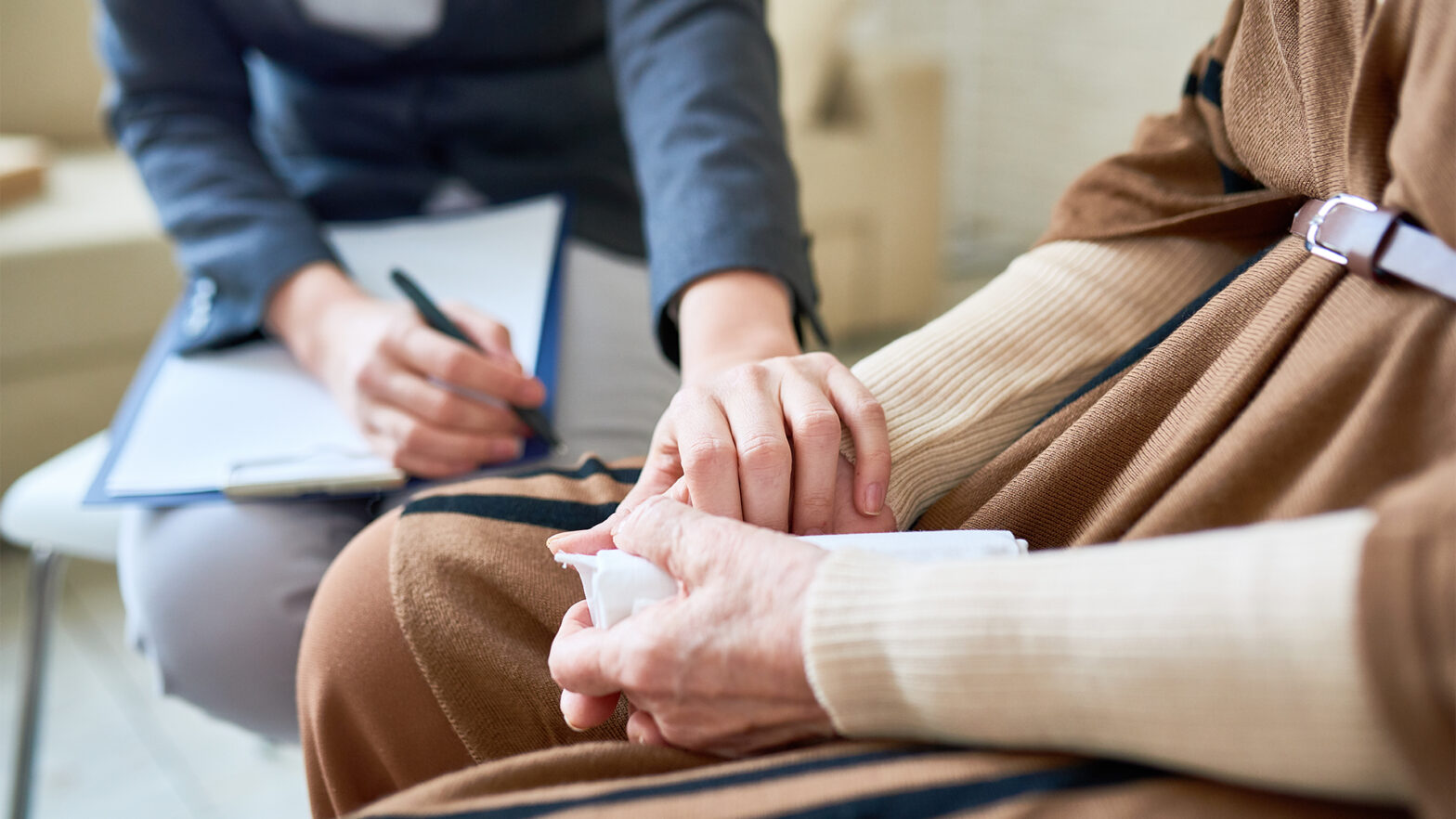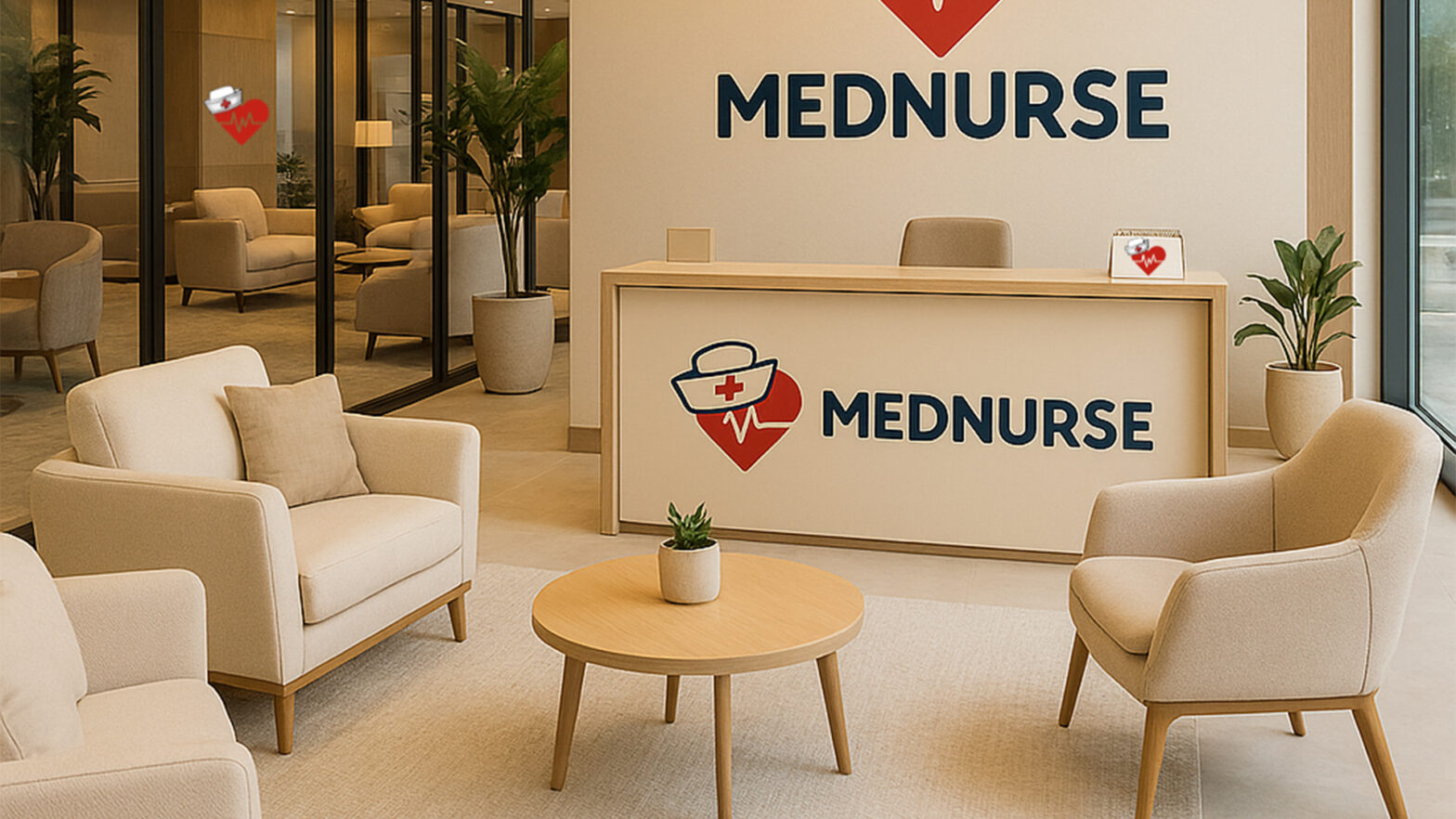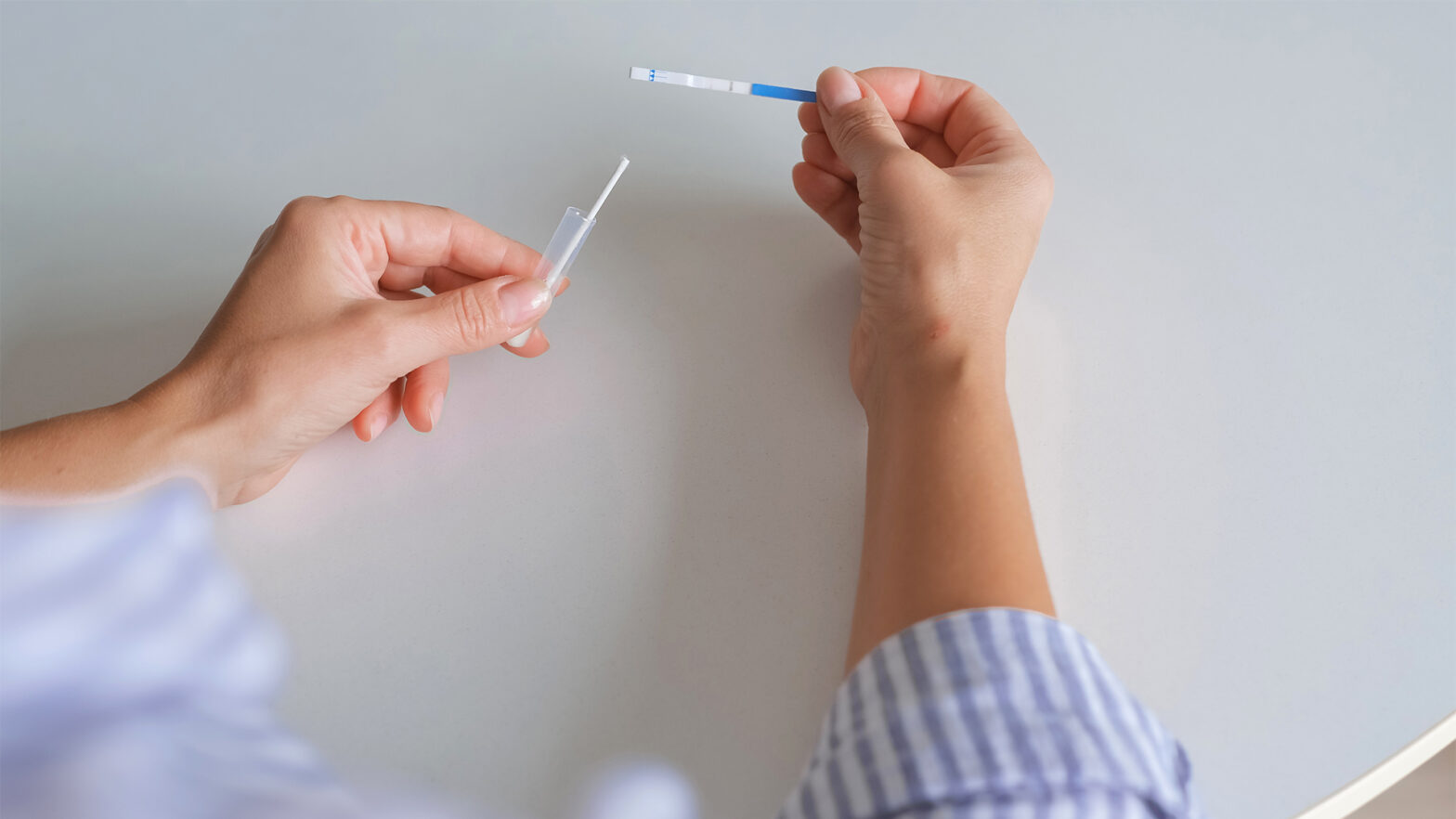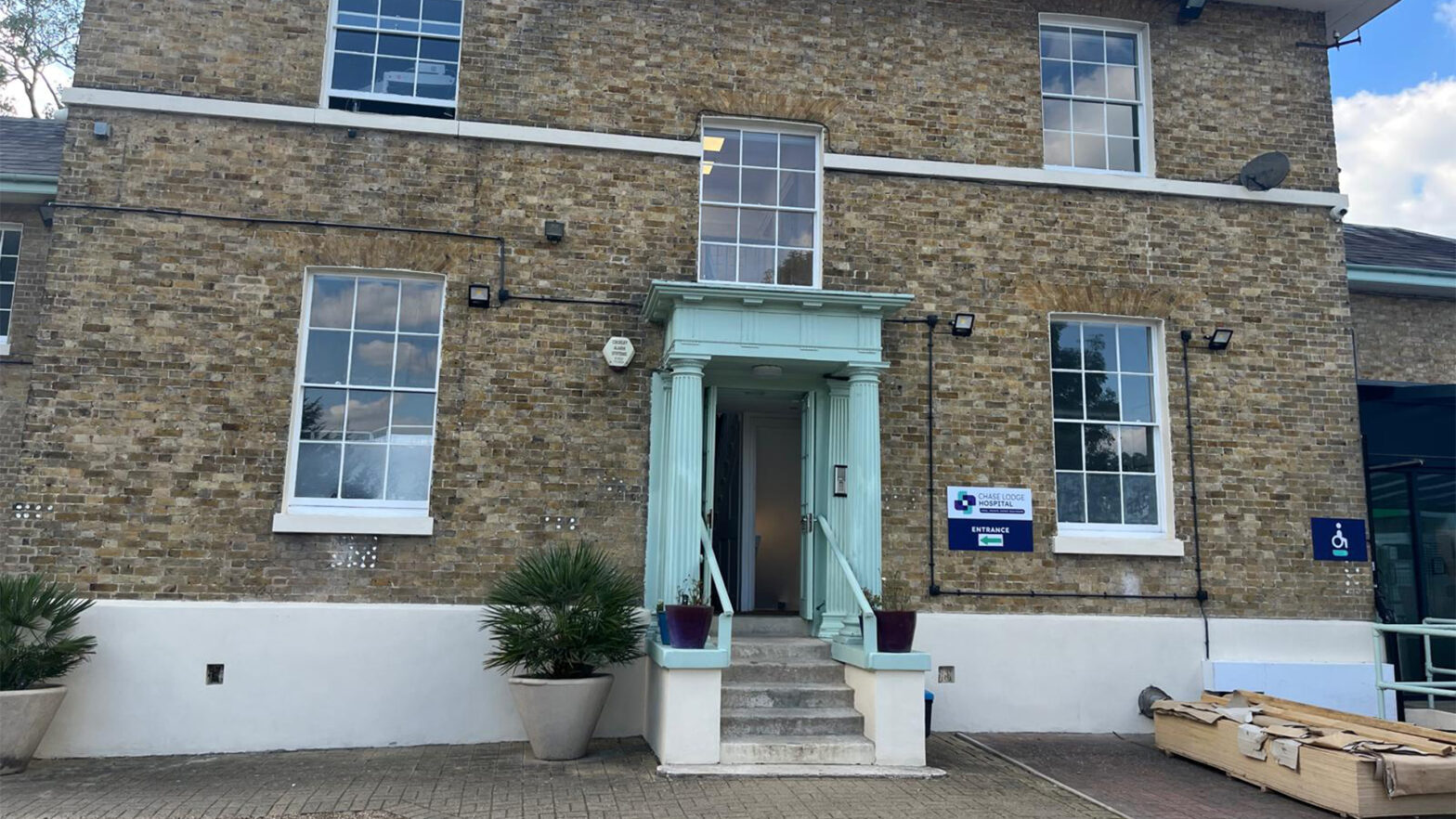
Virtual care rose to popularity at the beginning of 2020 and remains a vital part of healthcare in developed countries today. According to the American Academy of Pediatrics (AAP), telehealth has the potential to address disparities in access to care for children and adolescents, which makes it a critical initiative for the healthcare industry.
While some pediatricians hold consultations over the phone, this mode of communication is more suitable for triaging. In the meantime, pediatric telehealth platforms are a much better option for providing comprehensive medical services, including remote patient examination, making correct diagnoses, and prescribing treatment or scheduling an in-person visit.
In this article, we will explore what capabilities pediatricians should be looking for in their telehealth solutions.
High-quality video conferencing
Visual observation and communication with a patient are key activities at any doctor’s visit. The visual component becomes even more vital with young children, as they often can’t properly communicate with a medical professional verbally. Thus, doctors must have a clear view of the patient during the virtual visit to see the patient’s facial expressions, movements, and the coloration of their skin, eyes, nails, and mucous membranes in detail.
While the characteristics of a patient’s camera and their internet connection certainly influence video quality, so do various types of video codecs and streaming protocols used by the telehealth software. Healthcare organizations that want to keep pediatric services accessible without compromising their quality should opt for a telehealth platform that can provide high-quality video streaming even on low-bandwidth connections. Thus, pediatric care providers should look for telehealth software with efficient video compression, latency management, and bandwidth prioritization capabilities.
Store-and-forward features
The high-quality image exchange functionality in pediatric telehealth apps is essential for cases when video conferencing is impossible or insufficient for proper visual observation.
For example, to thoroughly examine a child’s rash, a doctor can ask for high-resolution pictures of the skin taken from different distances. Such pictures can reveal more details than what can be observed during a video conference, even with a good camera, which is essential for an accurate diagnosis. Also, since image transfer requires less data than video streaming, it allows doctors to examine patients who have poor internet connection.
Thus, while video calls are usually preferable, audio communication supplemented with high-quality photos would still be more useful than audio-only consultations.
Integration with common medical devices
Medical devices are essential for gathering patient information that can’t be acquired via a visual examination or a conversation. However, this data needs to be easily accessible to pediatricians working with the telehealth platform, so they can view all the patient’s health information in one place. Therefore, pediatric care providers should prioritize telehealth platforms that can be integrated with the most common smart medical devices like thermometers or blood pressure monitors.
On the other hand, not all medical devices are smart and can be integrated with a telehealth platform. For such cases, the solution should feature self-service capabilities for caregivers to log their device’s measurements.
Depending on the child’s age, smartwatches can become a valuable asset to track vitals such as heart rate, sleep patterns, and walking steadiness. To have access to these metrics in real time, pediatricians should make sure their telehealth platform is easily connected to smartwatches.
Integration with specialized medical devices
For telehealth to be as effective as in-person health visits, pediatricians need to be able to diagnose rare conditions during a virtual visit. Visual observation, conversations with patients, and primary vital signs measurements are not enough to diagnose some ailments. Therefore, additional equipment is sometimes necessary for in-depth remote examinations.
Although pediatric telehealth services providers can rely on parents to purchase the needed medical devices, such an approach would hinder the accessibility of telehealth. To ensure that every household has the equipment for an in-depth physical exam, pediatric care providers can supply such equipment on a rental basis: sending it to the patients’ families by post on the condition that they return it the same way. Medical devices required for examination vary by pediatric subspecialty, but it’s recommended to have the following equipment on hand to supply it to patients when needed.
Smart portable otoscopes and rhinoscopes are becoming widely used during telehealth appointments, especially in pediatric practice. These devices don’t require much training from parents, don’t cause discomfort to children, and are usually connected to the teleheatlh applications. Thus, parents only need to insert the device into their child’s nose or ear, and it will automatically send high-quality video or pictures to the doctor through the telehealth platform.
Blood glucose meters are necessary to properly examine a child who has confirmed diabetes or is at risk of developing this condition. Modern meters automatically check patients’ blood glucose levels throughout the day and send data directly to the mobile app in real time, so the doctors and caregivers can track the patient’s dynamics.
Another example of useful telehealth devices are dermascopes that help examine skin when a high-resolution photo or video is not enough for conclusive diagnostics. Pediatric dermatology specialists providing virtual consultations often mail their patients portable dermascopes that need to be put over the smartphone’s camera. A patient or their caregiver can photograph moles, freckles, warts, or other skin lesions through the dermascope to effectively treat problems like acne or rule out skin cancer and other similarly dangerous conditions. Patients simply mail the dermascope back if no critical issues are detected but keep the device if further observation is required.
Availability of AI tools
Artificial intelligence has proved to be a highly valuable technology for medical diagnostics. For example, a recent study showed that oncologists who use AI to analyze medical images detect signs of cancer more frequently and at earlier stages than their colleagues.
AI-powered analytical solutions can be integrated with telehealth software to process live video and photos submitted by patients, performing more in-depth medical image analysis and picking up details that a pediatrician missed.
Additionally, intelligent chatbots can be integrated into the telehealth application to assist medical professionals during a remote exam. They can suggest open-ended questions to ask the patient or their caregiver in the popup window during a video consultation or message exchange. Additionally, AI tools can then analyze the conversation and ensure that the pediatrician conducts the virtual session according to the protocol.
A word about challenges
Like any other technology, telehealth has limitations and thus cannot replace in-person pediatric care.
First, the efficiency of virtual diagnostics largely depends on the software and devices doctors and patients have at their disposal. Thus, virtual care providers should establish a system to supply their patients with necessary medical devices by mail either for free or at an affordable rental price. They must also ensure their telehealth software operates properly even with limited bandwidth and has audio fallback capabilities.
Second, due to the remote nature of telediagnostics, caregivers often have to assist pediatricians in the examination, such as measuring vital signs and performing musculoskeletal examinations or palpations. However, some people can be uncomfortable performing certain maneuvers on their child, lack the technological literacy to use medical devices properly, or be too distressed to follow the doctor’s instructions accurately. Thus, doctors need to receive specialized training to be able to teach caregivers how to perform certain actions and help them overcome their fears.
In conclusion
Despite the novelty of telehealth technology, parents are increasingly comfortable using it to seek medical advice for their children. It allows them to soothe children’s anxiety associated with visiting the doctor’s office, avoid spreading infection, receive help faster, and save money. However, the effect of remote patient examinations depends on several factors, from the quality of the telehealth software to the parent’s technological literacy. Investing in reliable high-performing telehealth solutions and comprehensive education for doctors and caregivers, healthcare organizations can ensure the effectiveness of telehealth consultations and accessibility of quality pediatric care.



